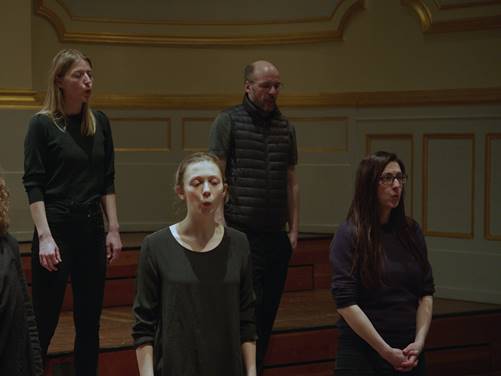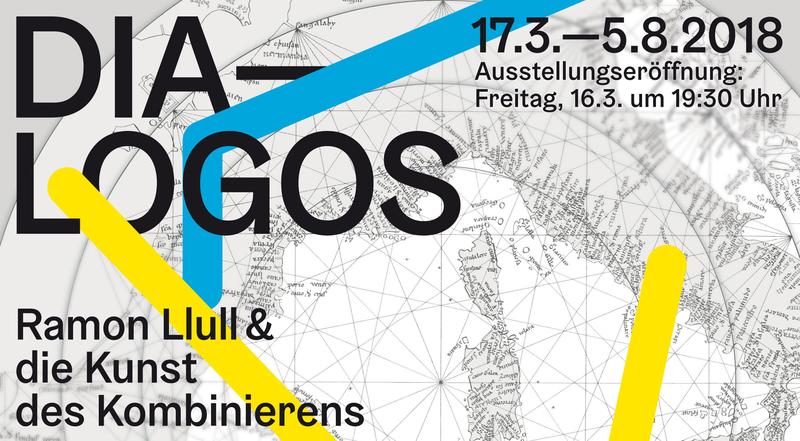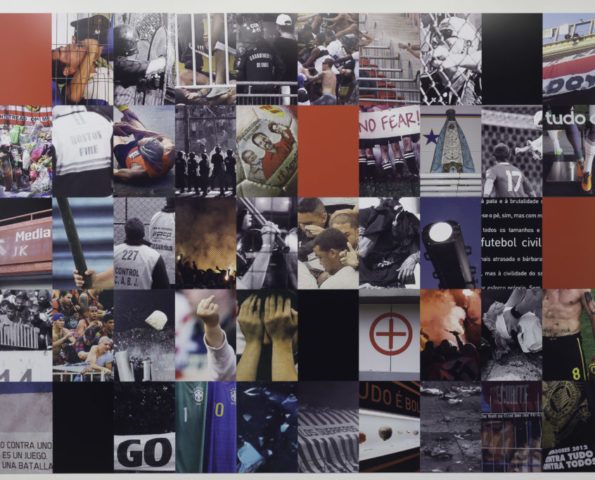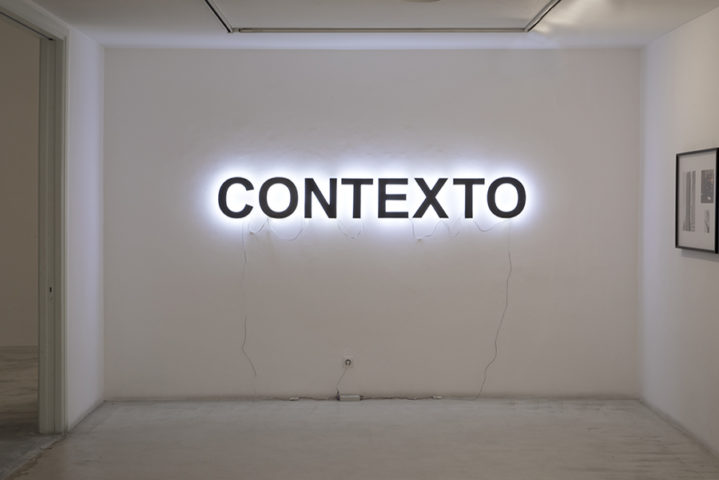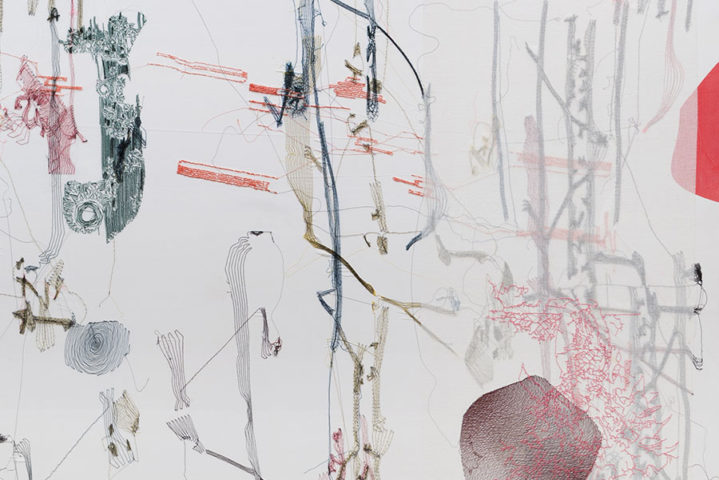SAVVY Contemporary, Berlin
Exhibition 23.3 – 6.5.2018
Opening 23.3. 2018, 7pm
Performance Annika Kahrs the lord loves changes, it‘s one of his greatest delusions, 2018
24.3.2018, 9pm
With: Paolo Bottarelli, Raven Chacon, Tanka Fonta, Malak Helmy, Hassan Khan, Annika Kahrs, Pungwe (Robert Machiri and Memory Biwa), The Otolith Group (Anjalika Sagar, Kodwo Eshun), Barthélémy Toguo
We Have Delivered Ourselves from the Tonal. Of, with, towards, on Julius Eastman is an exhibition, a program of performances, concerts and lectures as well as an upcoming publication that deliberate around concepts beyond the predominantly Western musicological format of the tonal or harmonic. The project looks at the work of the African American composer, musician and performer Julius Eastman beyond the framework of what is today understood as minimalist music, within a larger, always gross and ever-growing understanding of it—i.e. conceptually and geo-contextually. Together with musicians, visual artists, researchers and archivers we aim to explore a non-linear genealogy of Eastman’s practice and his cultural, political and social weight while situating his work within a broader rhizomatic relation of musical epistemologies and practices.
For the project, new substantial artworks and musical pieces have been commissioned and will be world-premiered in Berlin. These include a filmic work and performance by Annika Kahrs.
